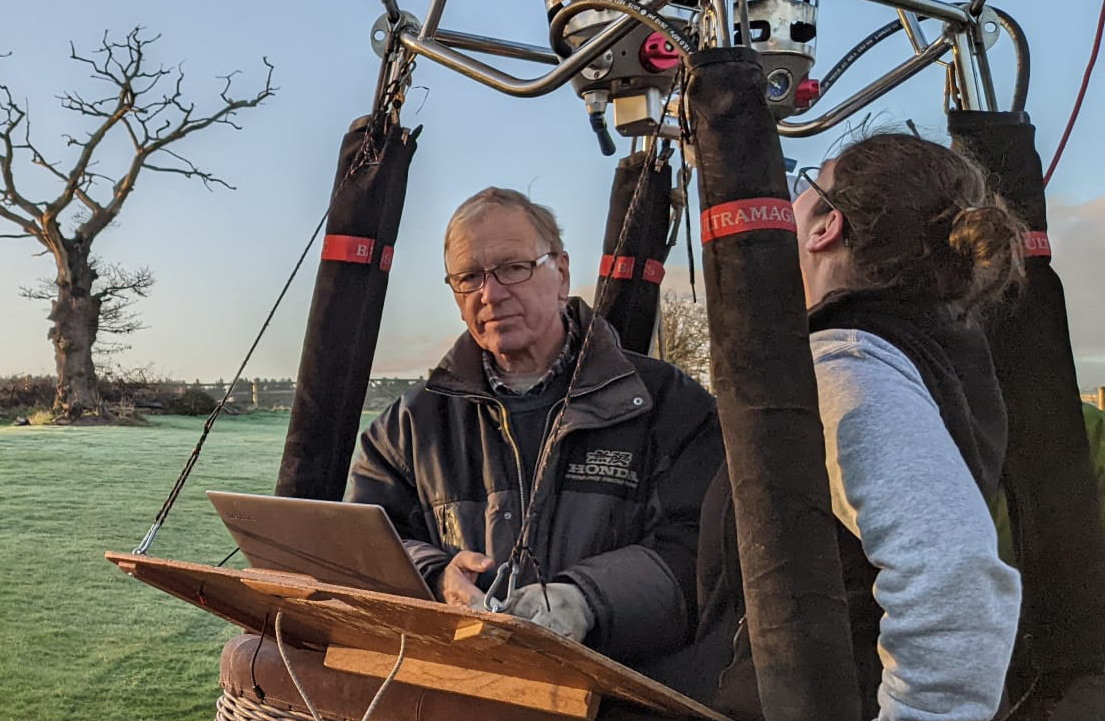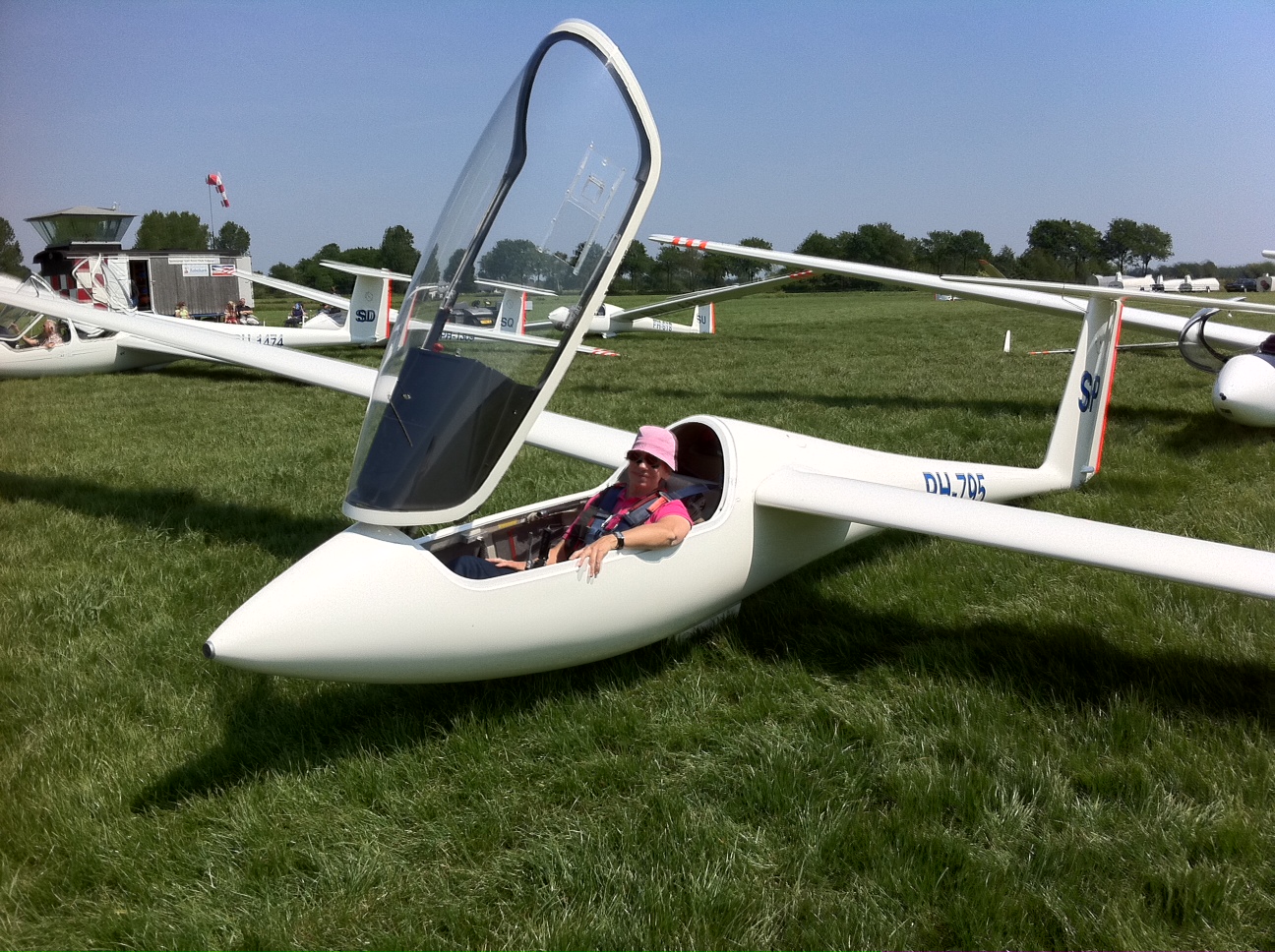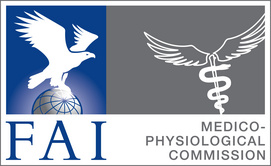Celebrating 100 years of aviation medicine at CIMP
The year 1922 saw the first meeting of CIMP, the FAI Medico-Physiological Commission. Its mission was – and remains to this day – to enhance flight safety. By the study of medical and physiological factors that influence human performance and behaviour in the air sports environment, CIMP members contribute to making aviation safer for all involved.
Since 1922, as aeronautics and aviation medicine has evolved dramatically, elected CIMP members, who come from a diverse range of medical backgrounds, have attended annual meetings to discuss and evaluate the latest rules for aeromedical standards and flight safety topics that affect air sport participants.
CIMP members advise the FAI and its members, National Airsport Control (NACs), usually national aero clubs. This sharing of knowledge is essential for all aviation medical specialists, as the number of air sport participants far transcends the number of commercial pilots worldwide.

Dr David Bareford - CIMP delegates are aeromedical experts who participate in air sports
A century after its foundation, the CIMP bureau is celebrating all the work achieved by the Commission, which is due to the dedication of its members. A centenary celebration will take place in September 2022 in Paris before the International Conference of Aerospace Medicine ICAM 2022.
How CIMP’s work has changed
Over the years, CIMP delegates have analysed and compiled useful documentation to advise others in the air sports community, regarding, for example, accident statistics, emergency services, flight stress and drug and alcohol issues.
In recent decades, CIMP has advised on rules covering safety enhancement for pilots, tackled regulatory issues (ICAO, JAR-FCL and EASA) and has also helped FAI to build and implement an anti-doping policy that conforms to WADA’s requirements and granting Therapeutic Use Exemptions.
In terms of safety, CIMP delegates have advised on equipment development and design as well as psychological aspects of medical fitness. Safety procedures related to Human Factors and medical conditions, technical safety solutions and behavioural topics are recurrent issues.
Essential and balanced debate over anti-doping regulations helped to ascertain the extent of performance-enhancing substance use compared to ‘recreational’ use, thus establishing the level of impact of bureaucratic controls in air sports, for example by providing the material for a successful case to WADA for air sports to be exempted from the ban on oxygen use.
Some other examples of work achieved by CIMP delegates: proposals of appropriate aeromedical requirements for glider and balloon pilots in EASA, representation in EASA rulemaking, the development of crashworthy glider cockpits and coaching competition pilots in world famous air races. All air sports come together within CIMP.
A word from the CIMP President

Dr. Marja Osinga-Meek, active glider pilot from the Netherlands, the FAI CIMP President and member of FAI Commission Presidents Group
President Marja Osinga-Meek shared the news that CIMP is seeking to expand the team with new delegates:
“Physicians, psychologists and other medical scientists, would be useful to the team, and preferably those who are active air sport athletes. We are a dedicated, active group of aeromedical specialists, sharing knowledge and experiences, discussing all kinds of aeromedical issues. Mental Health is an important topic, so psychologists and psychiatrists are very welcome to participate.”


